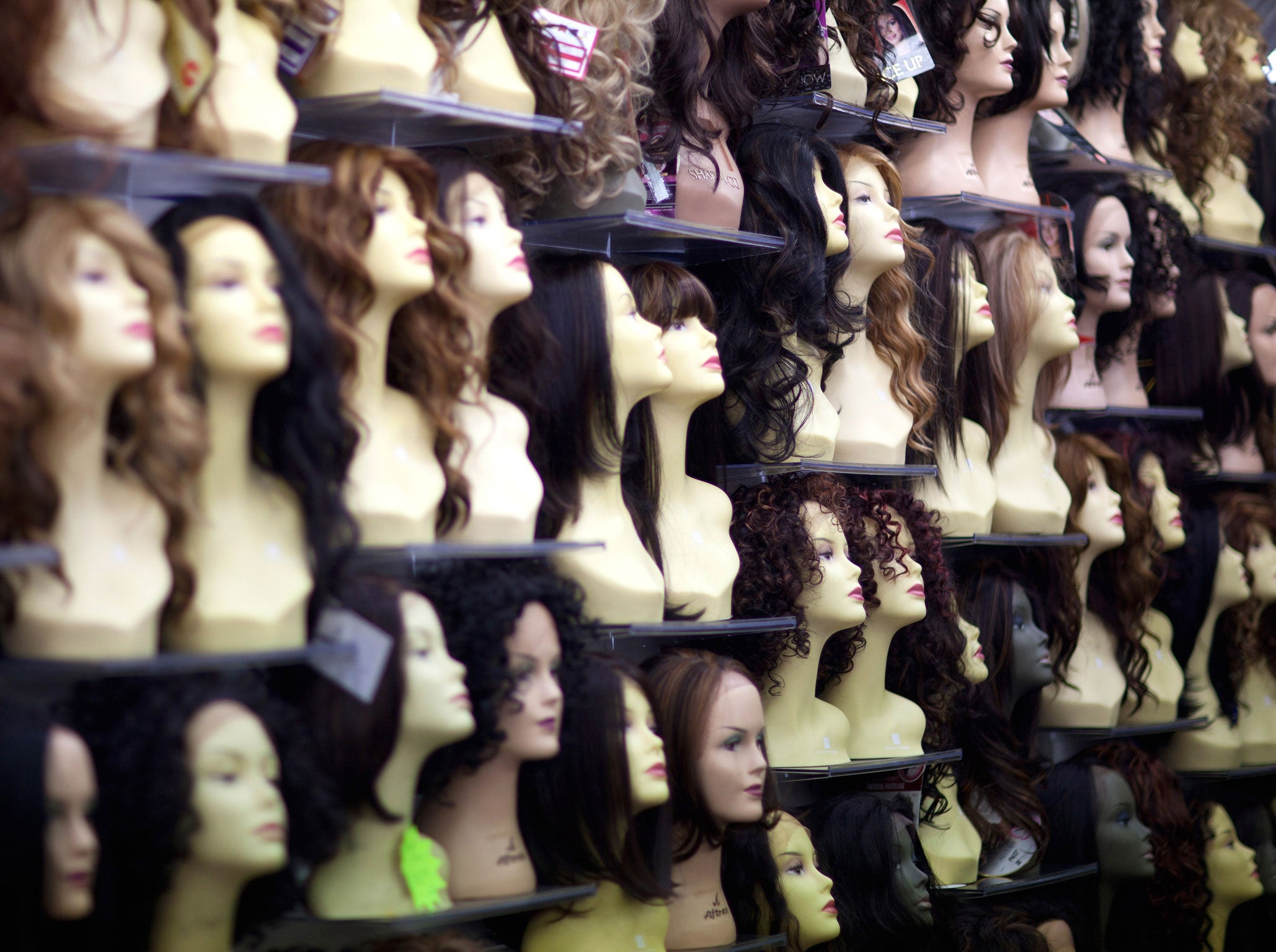Chemotherapy and hair loss: How to prepare for, prevent and cope with the side effects of treatment
Support from loved ones and prevention treatments can help patients deal with an often unpredictable, stressful and upsetting experience

Your support helps us to tell the story
From reproductive rights to climate change to Big Tech, The Independent is on the ground when the story is developing. Whether it's investigating the financials of Elon Musk's pro-Trump PAC or producing our latest documentary, 'The A Word', which shines a light on the American women fighting for reproductive rights, we know how important it is to parse out the facts from the messaging.
At such a critical moment in US history, we need reporters on the ground. Your donation allows us to keep sending journalists to speak to both sides of the story.
The Independent is trusted by Americans across the entire political spectrum. And unlike many other quality news outlets, we choose not to lock Americans out of our reporting and analysis with paywalls. We believe quality journalism should be available to everyone, paid for by those who can afford it.
Your support makes all the difference.The physical importance of hair is often very much underestimated. Our hair can effect our morale, confidence and quality of life. Many people’s personalities are defined by their hair and often when our hair looks good, we feel good.
A patient's first question about chemotherapy is most often: "Will I lose my hair?"
Scalp hair is extremely sensitive to general health issues such as nutrition, hormonal changes and emotional stress, but the most profound effect is chemotherapy. The term describes any chemical substance used to treat or prevent disease, but it is most associated with cancer treatment.
Anti-cancer drugs destroy cancer cells but they can also affect normal cells in our body. Some cause major disruption to the natural hair growth cycle causing chemotherapy induced alopecia (CIA).
The likelihood of a patient losing their hair can be divided into three categories. Some cancer drugs will always cause hair loss - particularly those treating breast cancer - and it can start within two to three weeks.
With other drugs, hair loss is dependent on an individual’s response to the strength of dosage and duration of treatment. Fortunately there are some treatments that never cause hair loss. Oncologists and cancer nurses can usually advise on the likelihood of hair loss occurring.
However, with the advance of cancer treatment research, hair loss is sometimes difficult to predict.
Preparing for hair loss
Fortunately, the stigma of chemotherapy hair loss is long gone. However many people find losing their hair very upsetting and emotional support from family and friends is very important. Some people want to be in control of their hair loss and shave their hair before starting treatment. For others, the wearing of wigs and scarves can also be considered. These alternatives do not prevent or inhibit future hair growth.
Preventing hair loss
By cooling the scalp during chemotherapy, the amount of drugs reaching the hair follicle is reduced. This often minimises the hair loss and can, in some cases, prevent it altogether.
Scalp cooling can be done in two ways: with a ‘cold cap’ filled with gel and placed on the head; and a refrigerated cooling system which pumps a liquid coolant continuously through the cap.
Both methods have to be applied 20-40 minutes before, throughout and after each treatment. However, they can be very uncomfortable, can cause headaches and are not always effective; and scalp cooling is not an option with certain cancers.
Post treatment
Any hair loss from chemotherapy treatment will almost certainly grow back. There have been some very rare occasions where it hasn’t, and it is extremely rare for hair not to return to what it was like before the treatment.
However, the new hair can be initially different: it may be curlier, straighter or finer and of a different colour.

Useful tips
Never massage. Hair after chemotherapy will be shorter to begin with, and often much finer. Increasing blood circulation by local massage is a myth, and frequent massage will inhibit hair growth.
The scalp may be a little bit more sensitive to begin with but normal shampoos, conditioners and styling products can still be used.
Once the hair is about 3 inches (7.5cm) long and your scalp is healthy, colouring, perming and relaxing can be carried out. However it is essential to seek professional advice as both the hair and scalp can react differently after chemotherapy treatment.
Consequently, it is always advisable for hair trend and/or sensitivity tests to be first carried out. This is needed even if the same formulations is by the same hairdresser that was used before cancer treatment.
Glenn Lyons is a Trichologist and Clinical Director at the Philip Kingsley Trichological Clinic in Mayfair, London, and consultant for MacMillan Cancer Support.
Join our commenting forum
Join thought-provoking conversations, follow other Independent readers and see their replies
Comments